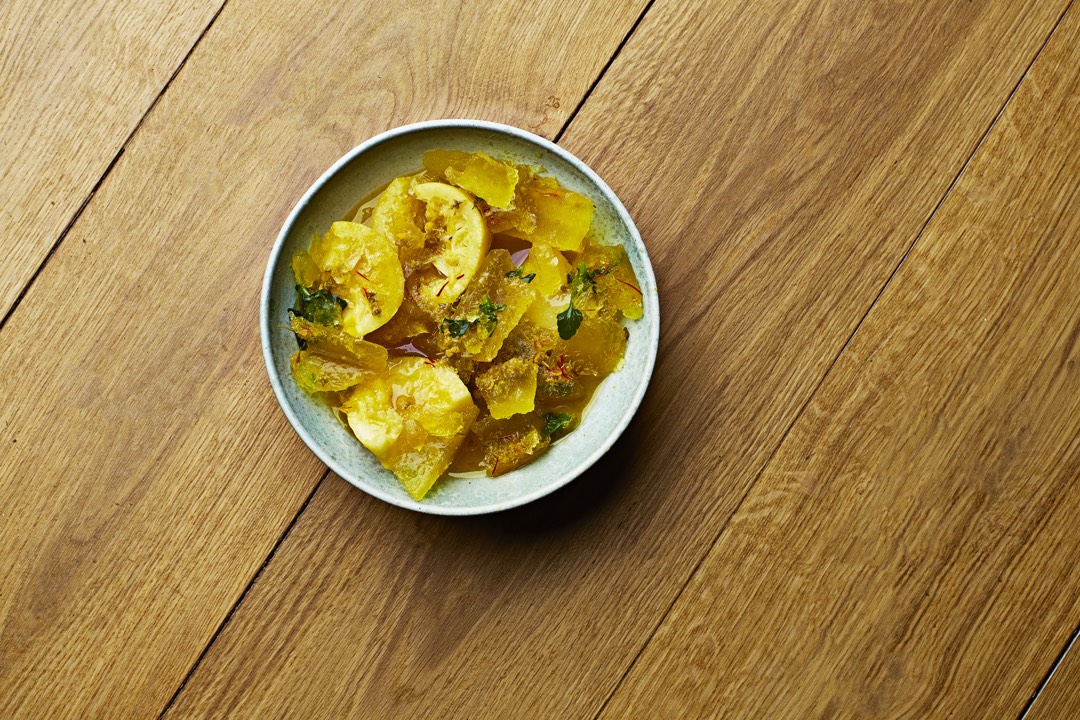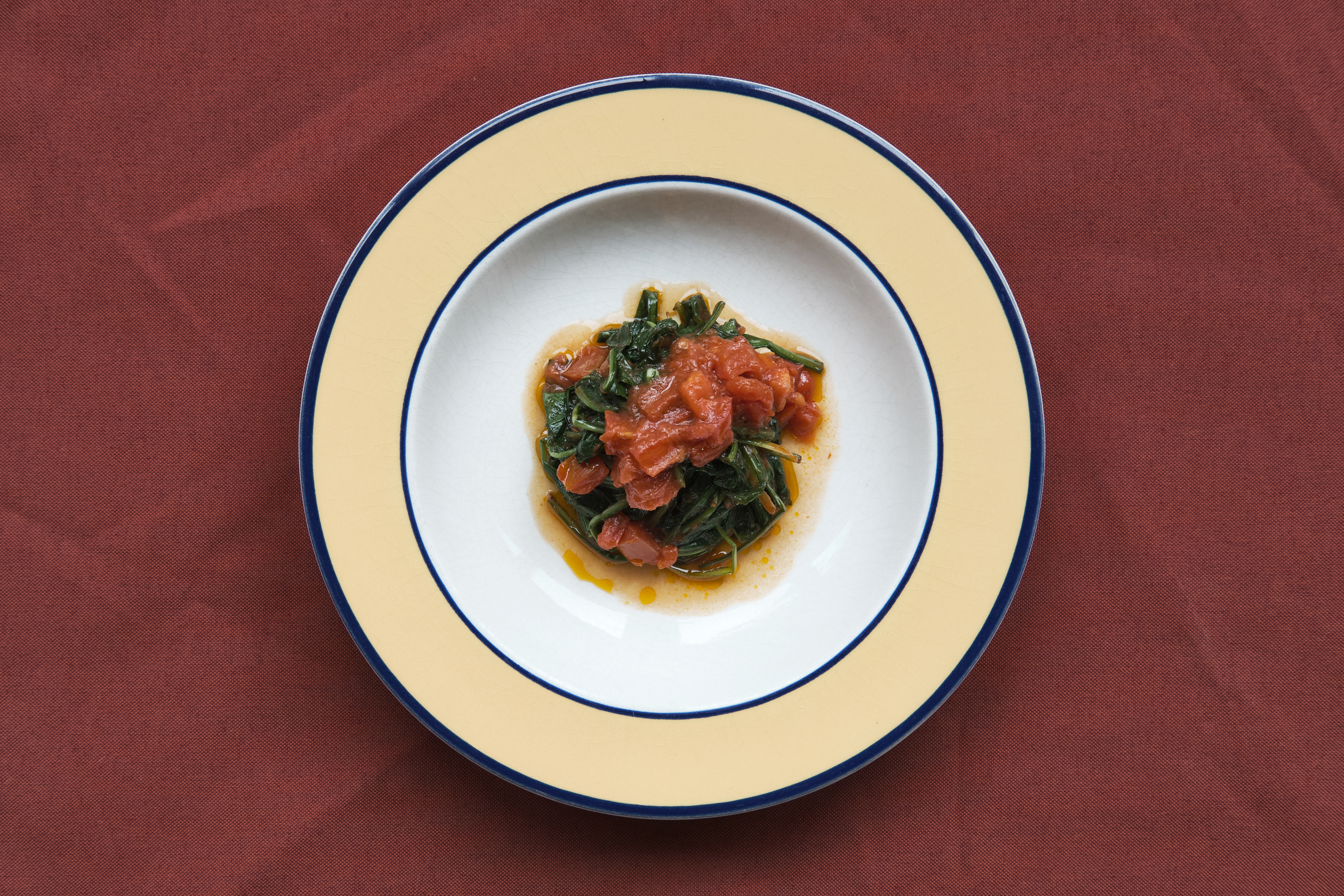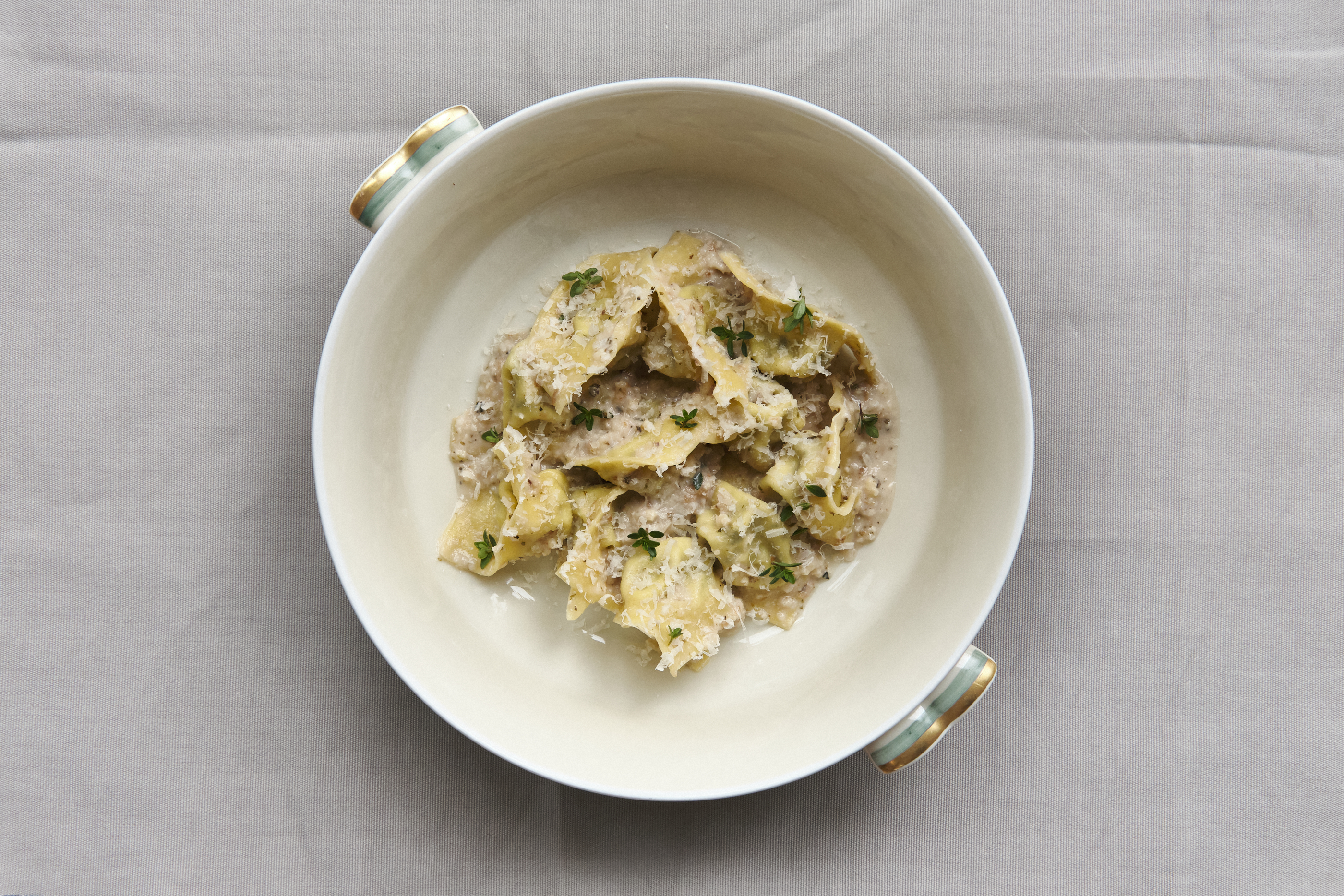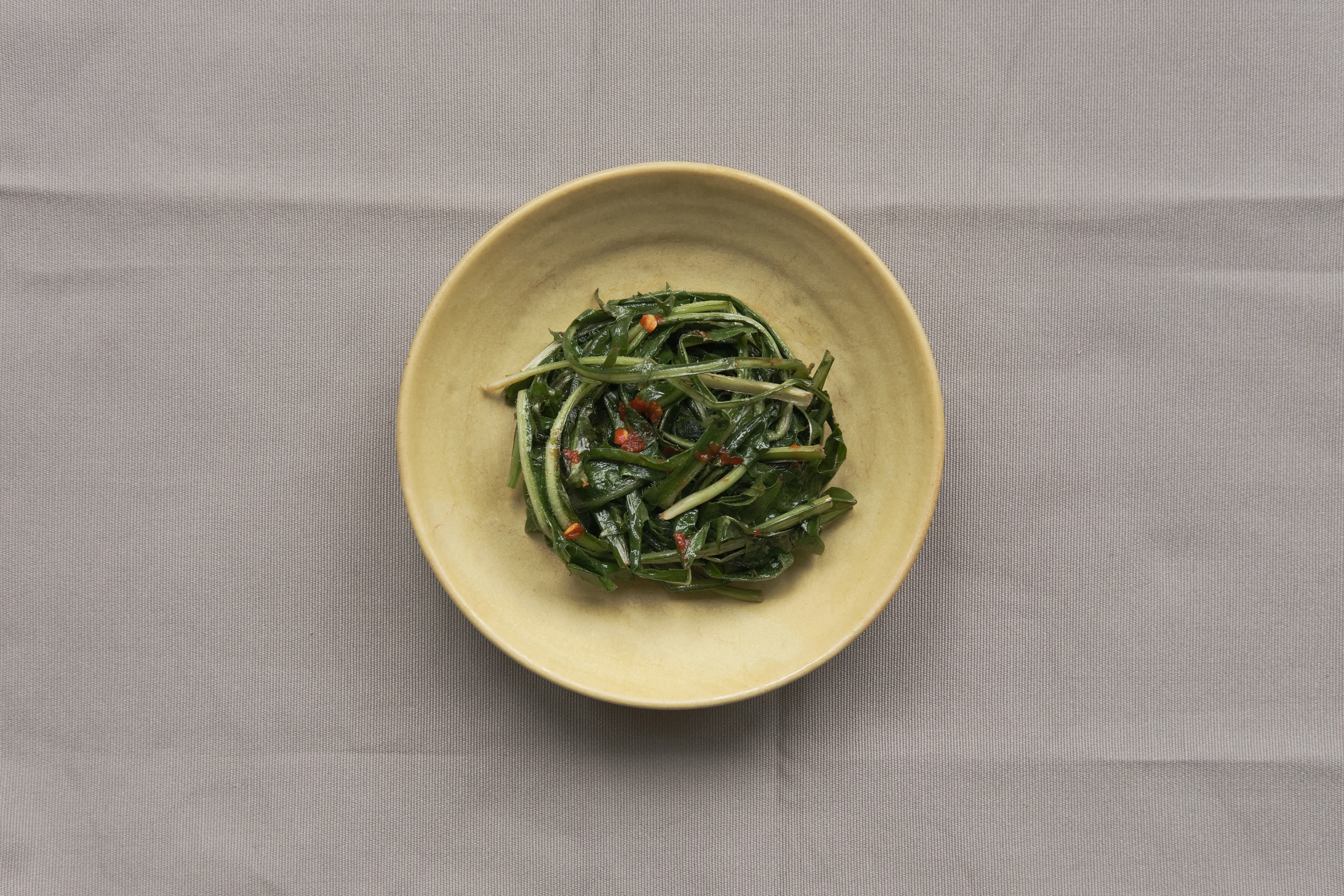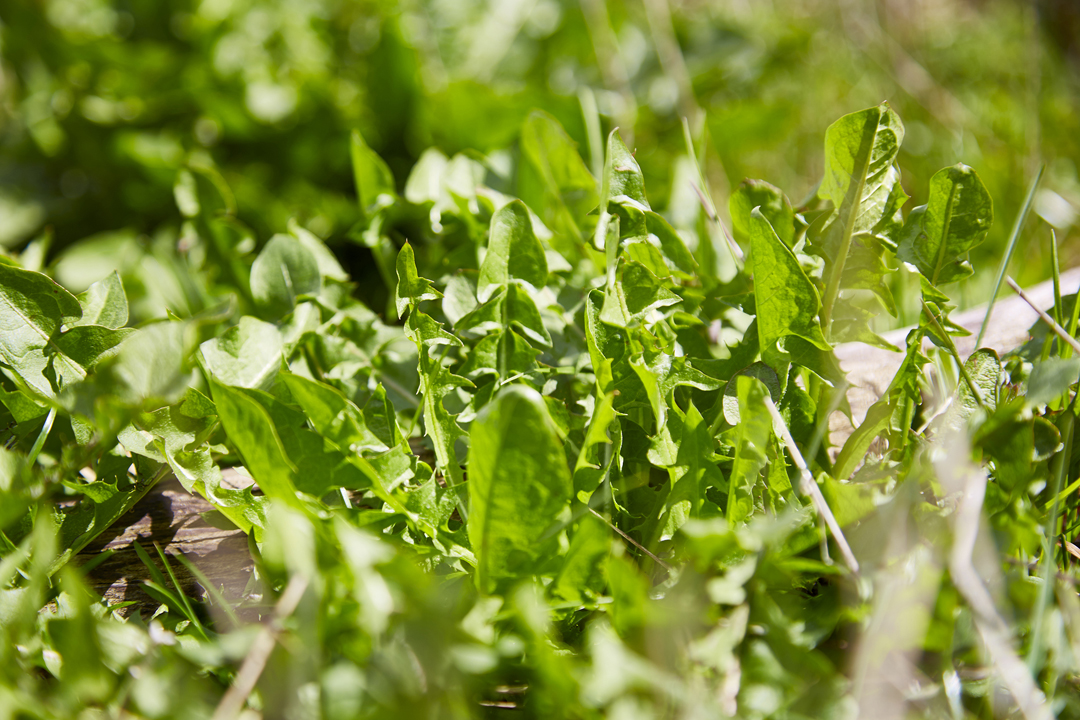
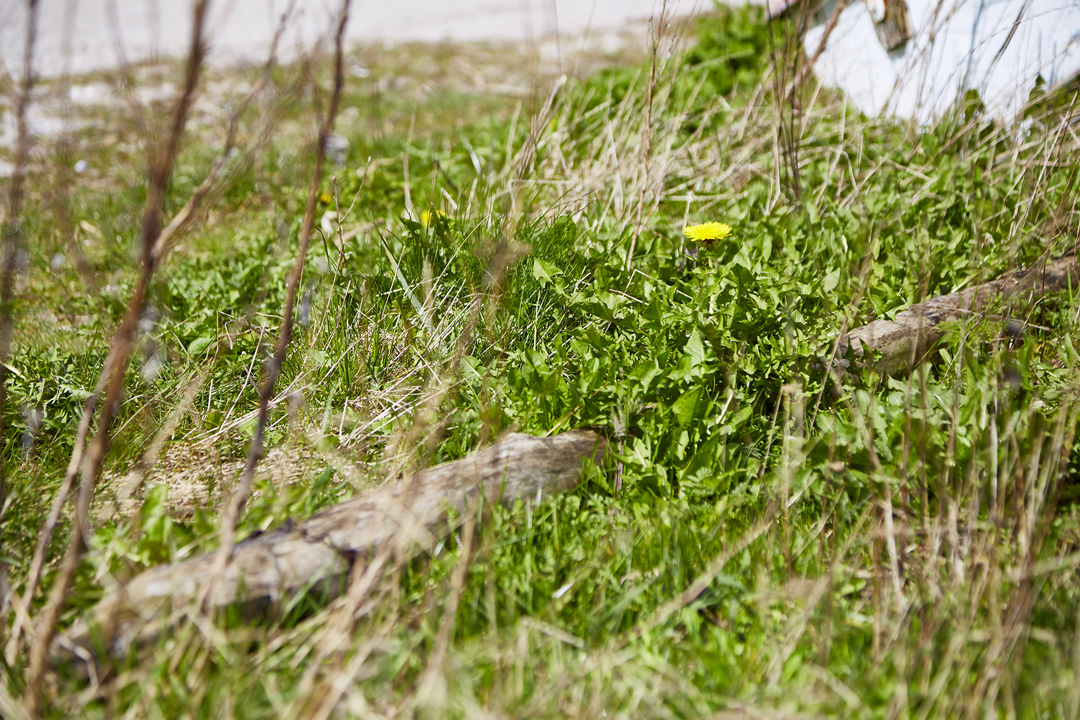
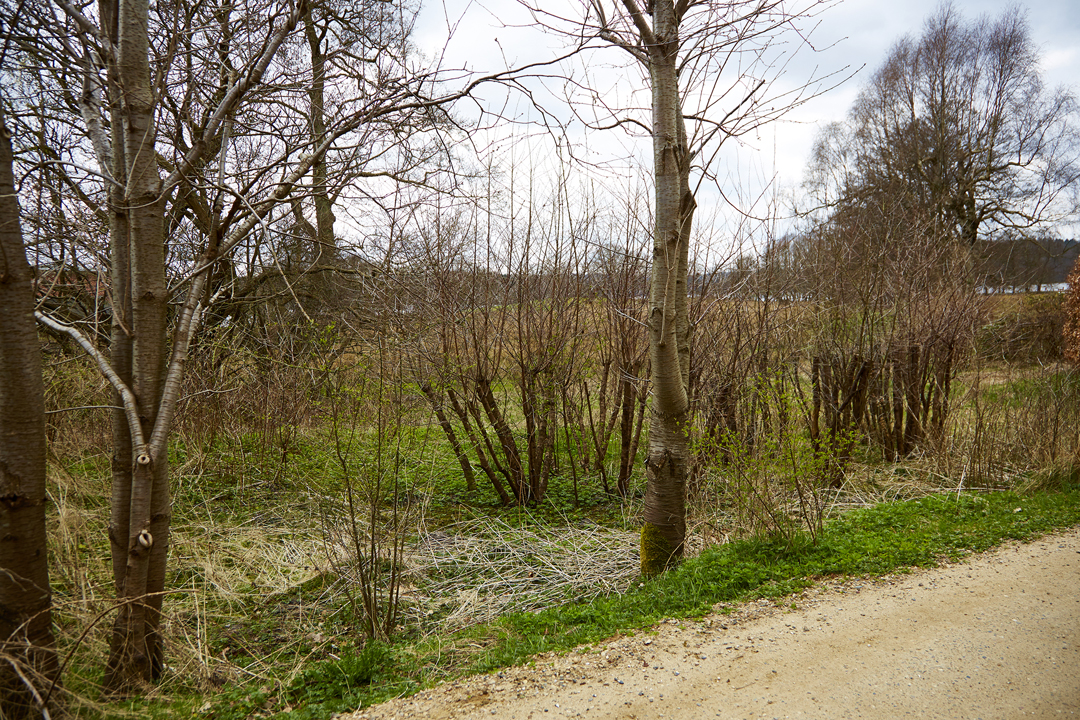
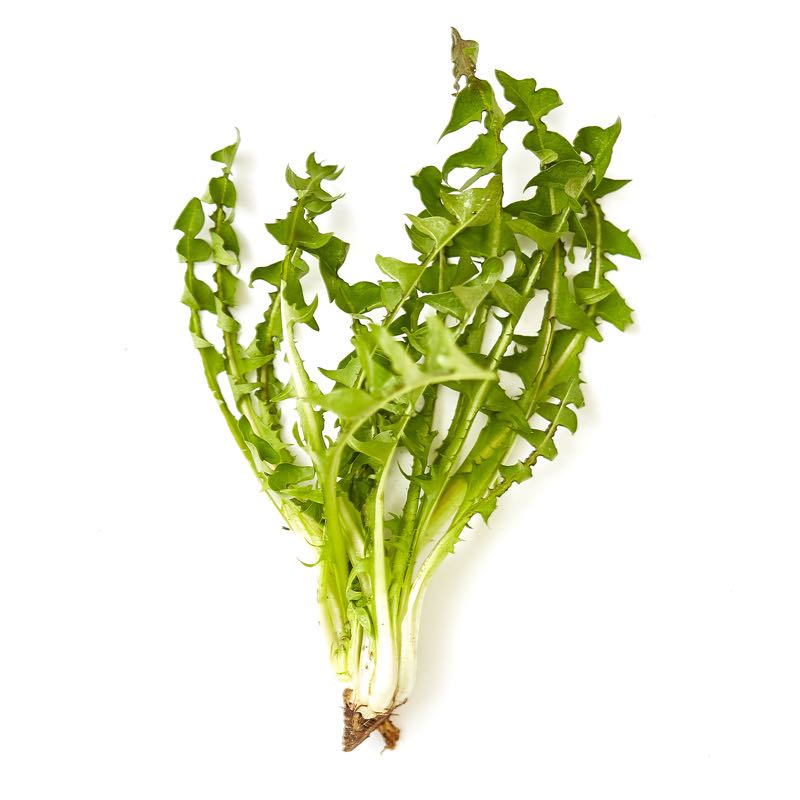
Dandelion
Dandelions are a widely and—considering how delicious they are—unfairly overlooked ingredient in Denmark. In Mediterranean countries, however, they are so highly coveted for their bitter flavor that they’re cultivated.
-
Where to Find It
Dandelions are tenacious and can grow in most types of soil, so you're almost guaranteed to find them no matter where you are. The best-tasting ones, though, grow in shady spots where the sun hasn't turned them too bitter.
Salt marshes, coniferous forests, deciduous forests, towns, hedges, roadsides, grasslands.
-
When to Find It
Dandelion leaves come available in the spring, with the flowers following right behind as summer nears. If they are mowed, young leaves will keep growing until September. You may even be lucky enough to find low-growing rosettes of dandelions that are still edible in the winter.
Leaves and buds: March, April, May. -
How to Spot It
There are several hundred varieties of dandelions, but they all look more or less the same. The word ‘dandelion’ translates literally as "lion's tooth"—a reference to the plant’s toothed leaves. All dandelions have characteristic yellow flowers and green flower buds.
-
How to Pick It
For the best eating, pick dandelions before they turn dark green—an indication that they will be tough. You can select only the leaves, or use a knife to cut off the entire dandelion at its base. Pick the buds while they're still round, hard, and firm, and the flowers when they're fresh, succulent, and still have a scent. Try to leave behind as much of the stem as possible. For a more subtle flavor, cover one of the small plants with a bucket or pot for a couple of weeks before picking.
Flowers: April, May.
Risk of misidentifying the plant
There is no risk of mistaking the plant for another dangerous or undesirable plant.


